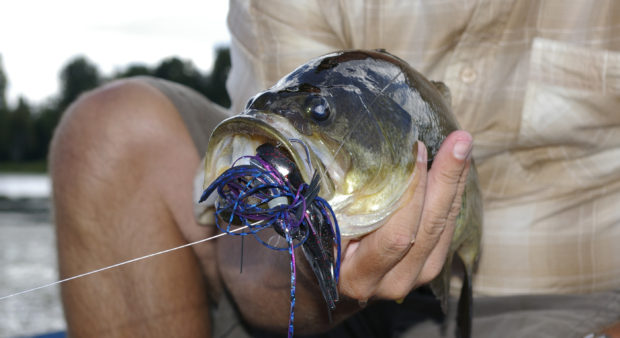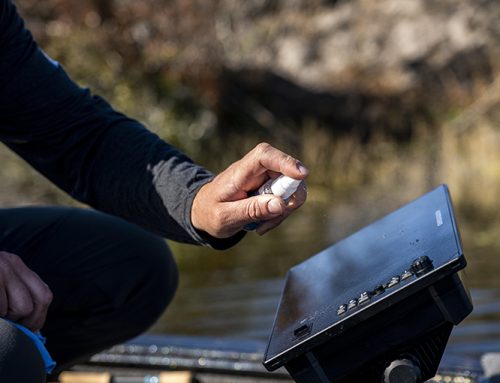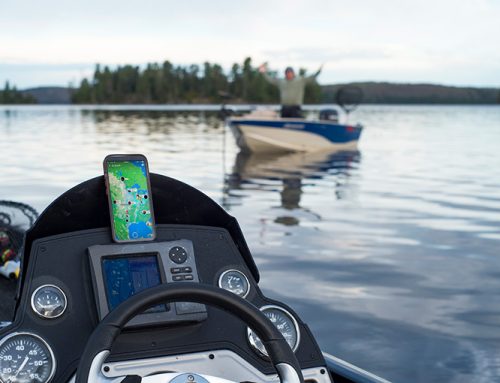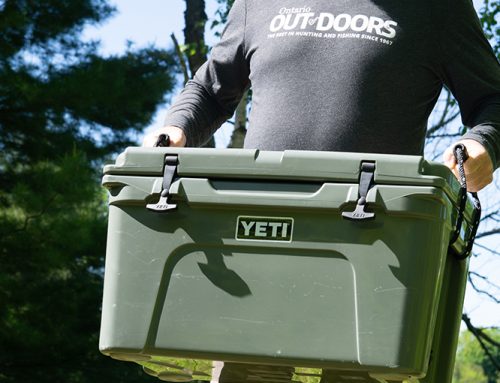The bass market is saturated with an endless supply of lures. Most, however, fill a one-dimensional niche for specific applications or seasonal tactics. One gem, amongst a cast of thousands, legitimately holds the title of best bass bait, the jig and pig. This all-purpose lure excels throughout the seasons, can be worked shallow or deep, fast or slow, and is at home in any cover or structure. It consistently puts big bass in the boat.
What makes it so special?
The jig and pig’s prowess lies in its multi-functionalism. It can be tossed anywhere on the water, although it truly shines when worked alongside docks, adjacent to undercut banks or slop, and in and amongst thick mats and weed clumps. Its snagless construction allows it to go where most other lures can’t.
The vertical design is another attribute that’s particular noteworthy. Able to probe and penetrate each segment of structure, it allows an angler to methodically work a spot, whether it’s a foot deep or 30. Most baits can’t make this claim.
Revered as an all-season lure, the jig and pig shines from opening day until closing, conducive to both the warm and chilly climes that Ontario anglers fish in. In fact, its uncanny ability to catch fish in the cold conditions of fall make it the one lure I consistently throw past Labour Day. Its simplicity is also endearing. There’s no wrong way to fish this bait. You can flip, pitch, jig, swim, shake, and dunk it. Bass don’t discriminate.
Lunker producer
The jig and pig’s credibility lies in its penchant for producing big bass. It’s also no slob at putting average fish in the boat. But, for those searching for a trophy or that one big bite of the day, this is the bait to toss. My personal-best bass was landed on one. A jig and pig’s large profile, crayfish or frog replication, and its ability to delve into the snarly lairs trophy largemouths call home are reasons why this bait works so well on the heavyweights.
Stocking the box
Jig selection is fairly straightforward. Fill your box with a variety of 3/8-, 1/2-, and 3/4-ounce flipping jigs. Shallow water (upwards of 15 feet) is conducive to 3/8- and 1/2-ounce models. A 3/4-ounce jig gets the nod for deep stuff.
Ensure hooks are wide-gapped, strong, and sharp. Rattles are an option that excel on many occasions, especially when working overtly thick cover or murky water.
Keep colour combinations simple. Skirts in black/blue, crayfish, green pumpkin, and peanut butter and jelly cover the bases. Experiment to figure out which works best on your body of water.
Partnering with the pig
The pig part of a jig signifies the trailer, which was originally made from pork rind. Although pork trailers are still used, and often overlooked, most angles use soft plastics. Options are endless, but some proven baits are plastic craws, creatures, chunks, and even swimbait tails and grubs. A 2- to 4- inch trailer is preferred, and colour can either match or contrast the jig. Both have their merits.
Experiment with both action on the back end and descent rates. The fish will quickly show their preference.
Tune it up
Although effective straight from the package, a flipping jig can be improved with some DIY.
- Trim weed guard back to just past the tip of hook point.
- Thin weed guard (cutting at base of jig head), leaving only 10 to 12 strands of nylon.
- Bend weed guard back and forth 10 or so times and fan out.
- Trim skirt so it’s 1 inch past the bottom of the hook bend.
- Bend out the hook gap approximately 10% with a pair of pliers, but be careful not to damage barb or point.
- Run a bead of super glue along hook shank where plastic rattle casings (if applicable) are held. Also, add a dollop or two to the end caps of rattles to keep BBs inside and secure.







Leave A Comment